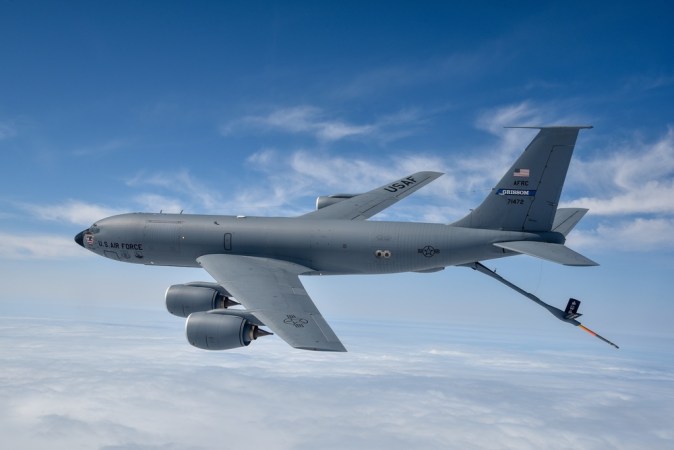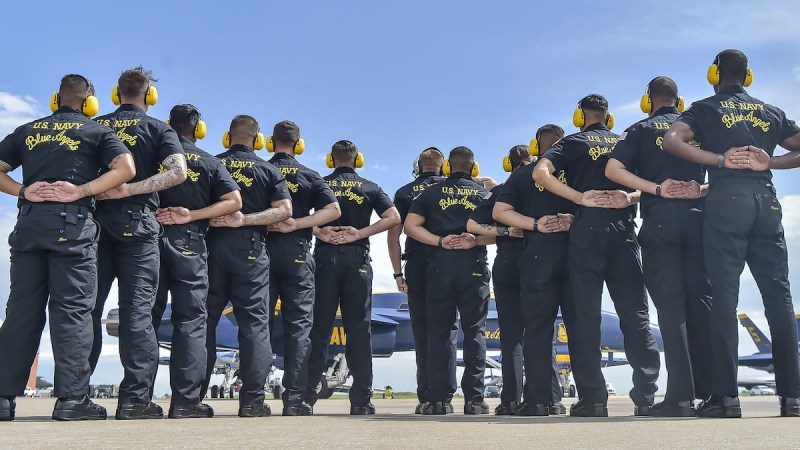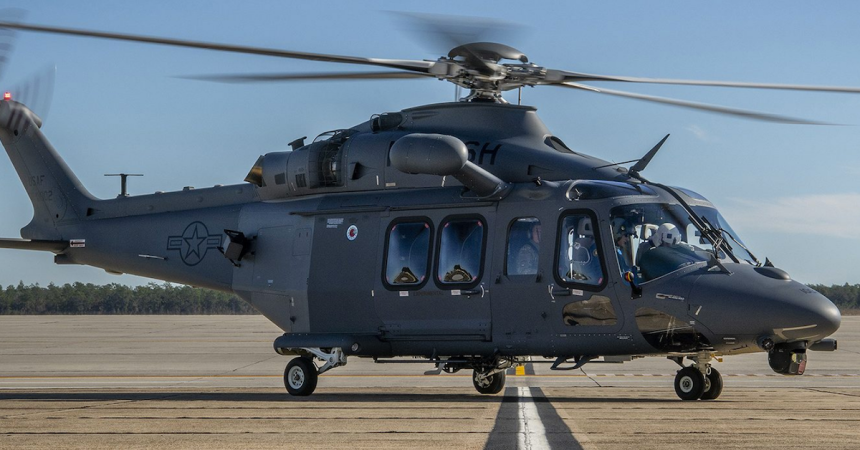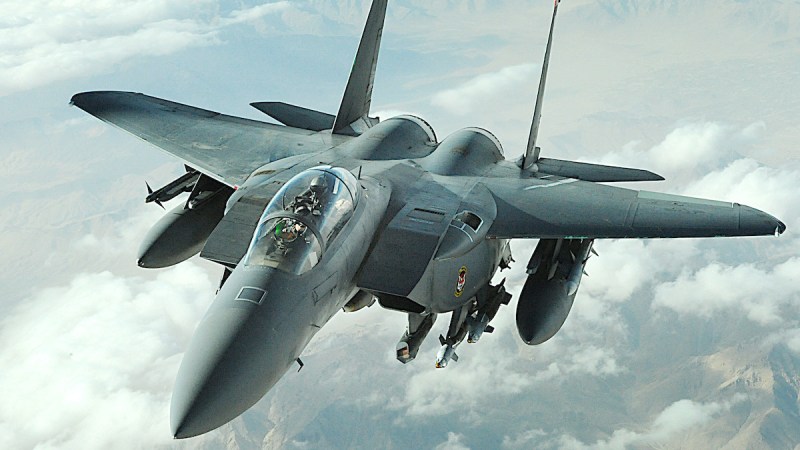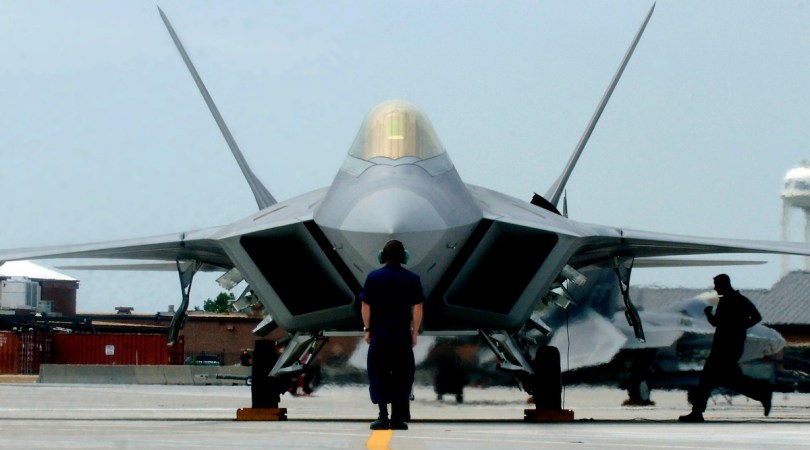The remaining flyoffs involved in the OA-X program, the U.S. Air Force’s search for a new light attack/armed reconnaissance plane, have been cancelled. The announcement comes after the fatal crash of an A-29 Super Tucano plane, which was one of the two finalists that made the cut for the second phase of the program.
The flyoff was being carried out at Holloman Air Force Base after a planned combat demonstration was cancelled. Lt. Christopher Carey Short, a Navy pilot, was killed in the accident.
The OA-X program, which is officially the “Observation/Attack-X” program, originally evaluated four planes: The Embraer A-29, the Beech AT-6B Wolverine, the AT-802 Longsword, and the Textron Scorpion. Both the AT-802 Longsword and Textron Scorpion were eliminated after the first round of the evaluations.
The objective of the OA-X program was to find and field a partial replacement for the A-10 Thunderbolt II ground-attack plane. Though any partial replacement will find it hard to stack up to the reputation or capabilities of the A-10, it would likely be able to operate in permissive environments, like Afghanistan.

The T-6 Texan serves as the basis for the AT-6B Wolverine.
(USAF)
Now, however, all flying portions involved in the OA-X program have been concluded.
The eventual winner of the OA-X program is likely to see interest from a number of countries the United States works with in the fight against terrorism. Some of those allies, including the Afghan Air Force, already use the A-29 Super Tucano, while others are already using the T-6 Texan II trainer, the basis for the AT-6.

The Afghan Air Force used the AT-29 Tucano.
(Photo by Nardisoero)
The planes flying as part of the OA-X program are all able to operate GBU-12 Paveway II laser-guided bombs and GBU-38 Joint Direct Attack Munitions. Both of those precision-guided bombs are 500-pound weapons. Eligible planes are also able to use rocket pods, AGM-114 Hellfire missiles, and gun pods.

The OA-X is intended to replace the A-10 Thunderbolt in providing close-air support in counter-insurgency missions.
(USAF)
The United States Air Force put the A-10 into service in 1977 and bought 716 of the planes. At present, they’re found in 13 squadrons. The Air Force plans to keep these planes in service through 2040, but the search for a replacement (or several partial replacements) is ongoing.
Despite the devastating crash, the program will continue but, until further investigation, all tests will take place on the ground.




